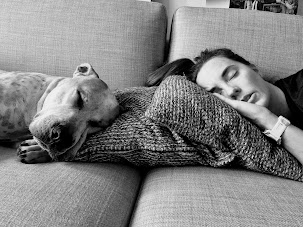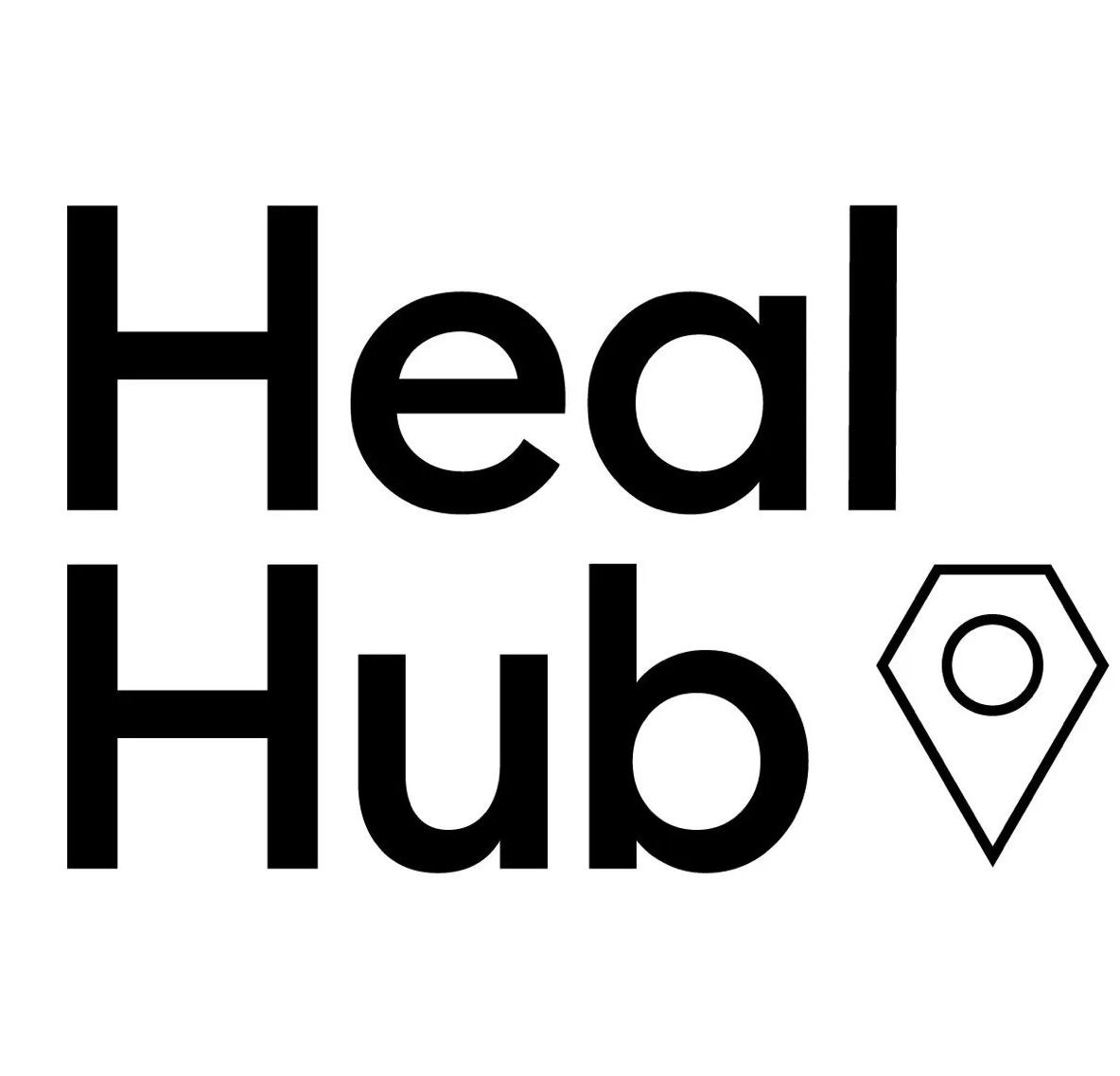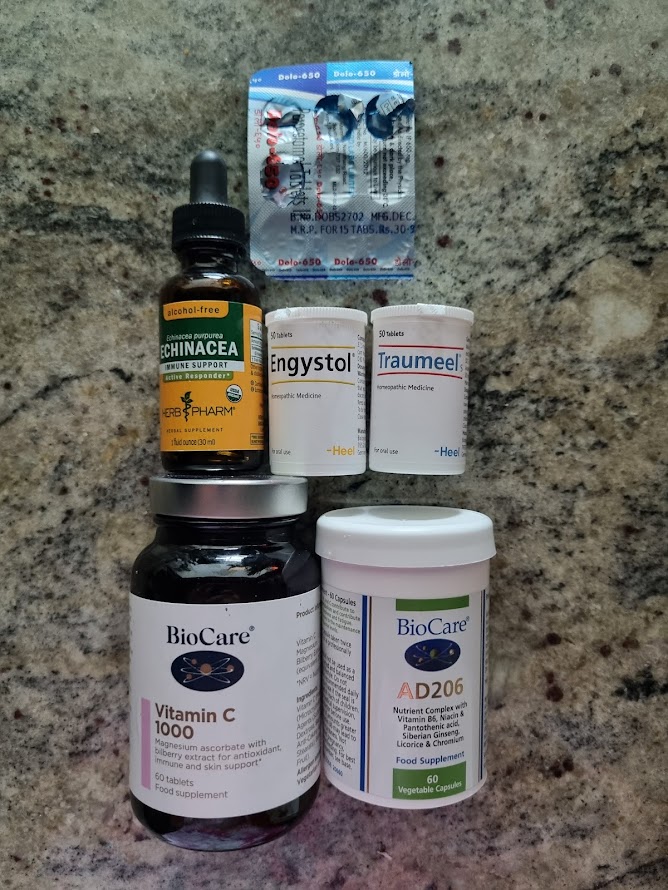Many people have had their fair share of “starting again” in their sporting careers.
We are talking about being a few weeks out of competition, months of preparation behind you, at your peak fitness level and then BAM, the curveball. Illness, injury, accidents, unexpected surgery. This is what I’m talking about and I’m sure many of you can relate.
It’s heart breaking. The commitment, dedication, discipline and sacrifices. All seems wasted at the time. You enter what I sometimes call the black hole. You see nowhere out. Your goals crushed, your efforts fruitless, nothing to look forward to, nothing to drive you. You lose all motivation.

Since I just recently had my own experience with covid, I’m going to be talking about “starting again” after a viral infection. I have previously managed to avoid covid and unfortunately AGAIN, a virus nailed me close to another Ironman. Many of you that know me well, would know that in 2016 I was training for my first Ironman in South Africa. 6 weeks out of the race, I was diagnosed with the coxsackie virus and subsequent myocarditis. It was hell. 8 months of hell. So when I tested positive for covid, I had that horrible sinking feeling. Knowing that I have previous cardiac issues and an abnormal heart rhythm, the odds were stacked against me.
HOWEVER I quickly pulled myself together, including my mental state and got to work. Researching, reading, trying to find the best way possible to fight this virus, keeping myself healthy, keeping my heart in check and knowing how and when to get back to training. I started getting messages, “take it easy”, “don’t rush back”, “many people took weeks/months to recover”, “be careful”. Whilst all with good intention, this does play your mind. All I could think of was, I’m still going for this.
As with any injury or post surgery rehabilitation, there is a return to sport protocol. Muscles, joints, tendons, bones and ligaments need time to heal and then time to adapt to the training load again. If not followed, it can lead to weakness/ long term injuries/ permanent damage. The same goes for a viral infection. But what’s more dangerous with a viral infection, is that it can affect your organs and blood, in the case of covid. Clotting has been a huge issue post covid infection, my colleagues have seen a few cases of deep vein thrombosis. The heart, lungs, kidneys and brain also seem to be the organs most affected. When returning to sport the heart needs time to adapt to the cardiovascular load again, otherwise you can cause damage to it. Sudden cardiac death. Ever heard of that? Young, fit, healthy athlete drops dead from a heart attack. Fortunately (and unfortunately), I have been through a near heart attack situation, so I am well aware of this. Also be aware that the period of inactivity before you can begin exercising also causes a degree of detraining and increases the risk for potential musculoskeletal injury, particularly if you resume exercise too fast and aggressively.
The big question is, ARE YOU IN IT FOR THE LONG RUN? Excuse the pun 😊 Looking at the longevity of your sporting career. Or are your goals more important than your body? It’s really tough, I’ve been there! Wanting to get back at it because you’ve put so much work towards a race. However, I know that I’m definitely and have always been in it for the long run. I want this body to be able to run marathons at 60!
During my time in isolation I read numerous research papers, articles, blogs. I even did my own research with athletes experiences on Instagram. It has been very interesting getting feedback and also quite scary to realize that there is an entire process to go through when returning to sport post covid, that many people including many coaches are not aware of. In fact, this protocol should be used for any virus.
So I thought I’d share what I have learnt, read and been advised, just to make some sense out of it all. The information is confusing and continually changing. It also all depends on the individual, your symptoms and any previous health issues. I’m no medical doctor or specialist. I am using information from medical publications and comparing it to what people have told me and what I’ve seen people doing. Remember this is for mild/moderate cases ONLY!
I have taken the following information from the British Journal of Sports Medicine and the American Medical Society for Sports Medicine.
| Illness severity | Defining and common clinical findings |
| Asymptomatic | Positive COVID-19 test with no symptoms |
| Minor | Low-grade fever, cough, mild fatigue only, URI symptoms (eg, nasal congestion, sore throat), possibly other symptoms (eg, nausea, vomiting, diarrhea, anosmia, ageusia) |
| Moderate | Persistent fever (38°C [100.4°F] or higher), persistent fatigue (at least 7 days duration), pneumonia (CXR <50% lung parenchyma involvement), chest pain not associated with cough, activity-limiting dyspnea, orthopnea, edema, palpitations, syncope |
| Severe | Dyspnea, hypoxia (SpO2 <94% on room air), need for supplemental oxygen, CXR infiltrates involving >50% lung parenchyma, requiring hospitalization for medical treatment |
| Critical | Respiratory failure (ie, mechanical ventilation, ECLS), shock, multiorgan dysfunction |
This figure from the British Journal of Sports Medicine seems to explain it best.

It is suggested that you should increase exercise frequency of exercise first, then duration, and finally intensity. Each parameter should be increased gradually. Increasing training intensity or volume no more than 10 percent per week or every three to five training sessions. This can be modified according to your age, severity of symptoms, pre- existing conditions and pre covid conditioning.
Factors to consider before testing positive:
- Fitness and goals
- Physical conditioning
- The amount of hours spent training per week
- The state of your health (sleep, diet, alcohol, smoking, stress levels)
Some of the factors to monitor after you tested positive
- Resting heart rate. Take this everyday!!
- Symptoms. The progression and regression of them and the time frame.
- Need for medication
- Rate of perceived exertion doing simple tasks. How do you feel showering, walking around/ doing the washing?
- Sleep, stress, fatigue and muscle soreness during the illness
- Mental state. I added this here as I feel it is so important. Are you positive about your recovery, are you telling yourself that you want to feel good again? Being negative and “down in the dumps” can affect your recovery time
Important considerations for deciding to Return to Sport
- It is obviously not recommended to exercise whilst you have symptoms. The duration varies depending on individual factors including severity of your symptoms.
- The recommendations are continually changing. But the current protocol is as follows. The asymptomatic athlete: three days abstinence following positive test. Mild illness: three days abstinence from symptom onset. Moderate illness or cardiopulmonary symptoms: minimum five days abstinence and an advised evaluation prior to return (note that this period has been reduced from 10 days in previous recommendations).
- Before considering starting your return to sport , you must be able to complete activities of daily living and walk 500 m on the flat without excessive fatigue or breathlessness.
- At any stage, if you experience any fatigue, elevated morning heart rate, breathlessness or any other symptoms you must take a day to rest and take a step back in the protocol.
- Athletes with pre-existing conditions and diagnosed with covid should have a medical assessment.
- You must be off all symptom-related treatment before beginning your return to activity. As loss of taste or smell may persist but this is not considered when returning to sport.
Red Flags!!!
●Chest pain or palpitations
●Breathlessness out of proportion to that expected during recovery from exercise
●Findings associated with thrombosis or pulmonary embolism (eg, swollen leg, tachycardia, or dyspnea at rest)
So what was my experience with covid and returning to training with an Ironman looming.
I have been training for a full Ironman. Training between 15-20 hours per week. My symptoms went from sneezing and a very bad post nasal drip to full on fever and muscle/joint pain for 3 days. I have never had pain like this even with the flu. Felt depleted and fatigued for 3 days following this. I still moved, did mobility and breathing work. Throughout having symptoms my heart rate remained low and I had no involvement of my lungs. 6 days after the acute symptoms subsided, 3 days after my fatigue subsided, I did my first indoor bike session. Monitoring my heart rate, had no spikes and no breathlessness. Did not feel fatigued on the day or the day after. The next day I did a gym session and 5km run on the treadmill. The next day another bike, increasing the time by 15 mins. Again, no worrying symptoms. All whilst making sure I increase duration and frequency before intensity. I was very fortunate to be able to return to full training 2 weeks after having covid with the guidance of a sports medicine doctor.
Comments and experience from others
“I literally took it easy on the way back cause my heart rate used to spike with minimal effort, then started increasing effort whenever I felt I can and as days passed by, things are back to normal now. Just didn’t rush, at all”. – triathlete
“I had a mild ish one. Ended up in my lungs. I waited one week when I had it. Then did weights only for the first 5 days. Then on the 6th did a 10km run which felt like my lungs were on fire. But I eased back into it with running and biking”.
“Not a triathlete. But from an avid runner, when I had covid. I took a full week rest. Then 1 week only cycling and on the 3rd week running at 60 to 70% and by 4th week I ran back at full capacity. My wife said I was too conservative 😂. But I wanted to be safe. It’s not like few weeks are gonna make a difference. I’m in it for the long run”. YES YES YES!
“Symptoms were night chills for 4 nights , loss of appetite (not smell or taste) for about a week to varying degrees. returned to training on day 14. started with some easy body weight , gentle bike . 2 weeks back to almost normal”. – cyclist
“I had body ache and fewer for 2 days and then pressure on my chest and dry cough.
Then I read this book and I did exercise 6. I was like new next day. Please check it and let me know what you think. True is that I had very mild symptoms and for hard cases it wouldn’t be that smooth, but it will definitely help. I am 100% sure, because with breathing exercises I improved a lot not only with physical health but also mental”. https://buteykoclinic.com/wp-content/uploads/2016/07/englishbookvideosp.pdf
“We only had sinus . Lasted 4 days started training 2 days after symptoms were gone . Just monitored HR and reaction to training . Did only one session of about 45 minutes each day for the first week and then built up to longer sessions and double days . Still did lots of resting in between and 😴. Took a few weeks to get back to quality sessions but we didn’t have any complications or set backs . Just used HR as a guide as well as how I felt day to day 😃”- triathlete
“1) I had body aches, headaches and sore throat. Lasted 4-6 days. Sore throat was the last go at about 7-10days
2) from about day 7 I started
3)Started with 30mins low heart rate movement (kept it under 100) I just started on the rower at home. Felt like I needed to move to help speed up recovery which I really think it did. Sweated quite a bit with the first and second one and definitely felt better after.
4) slowly upped intensity and duration over about 2 weeks
5) from 4 weeks I was back to similar volume of training but was still feeling like it took more out of me than before and would reach heart rate percentages earlier in training. I would say by about 2 months I was same if not better than pre covid. I feel like the slow start at base levels and building up slowly over 2 months benefitted my training in the long term and helped with heart rate control and self knowledge.
6) I can recommend starting moving early with low impact and HR” – Crossfit Athlete
“Took me 2 weeks to regain my weight and a month to reach my prior performance levels.”- triathlete
“We had covid. 3days headaches body aches and mild fever. I stayed under 135bpm and walked for 30/45min on day 5/6/7 then cycled from day 10 for 45min zone 2. Kept zone 2 and skipped every 2nd day training until 3weeks”.
“I had mild symptoms last year dec. My symptoms were serve headaches, tiredness, and no energy. I isolated for ten days. And because I didn’t show hectic symptoms I went for a 30km cycle the day after my isolation and it knocked me down for twos day were all I did was sleep. After the two days I tried to go for a slow run and we’ll that end up being a walk. Running took me a while before I could run far. The whole of dec I think my longest run was 6km and very slowly. I used to get tired going up stairs. But I’m January I decide to build up slowly again” .
In conclusion:
- A return to training protocol should be followed post viral infection but should be individualized to the person.
- Intensity should be the last parameter included. So is it safe to return to racing a week or 2 post infection?
- Use your heart rate and post exercise symptoms as a guide when returning to training.
- Always put your body before a race
- See a sports doctor and have a full medical done if you have any concerns or if you have any races lined up after having a virus.
Recommended reads:



